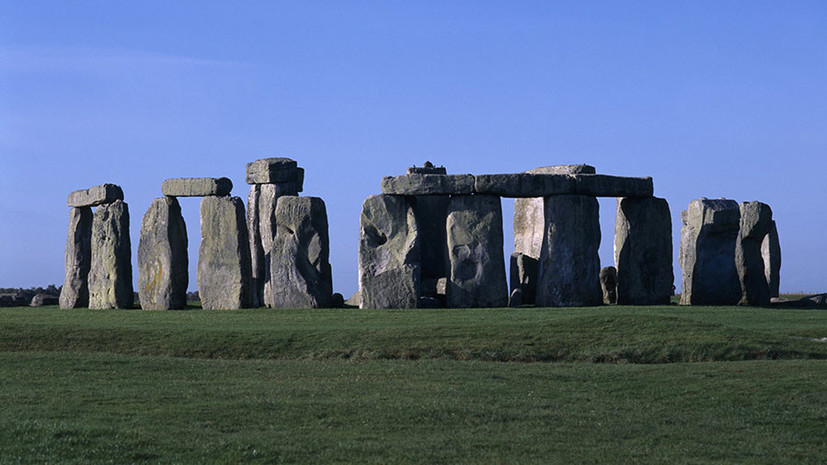An international team of archaeologists discovered where the deposit of the famous blue stones is located, of which Stonehenge’s inner circle was built five thousand years ago. It turned out that the ancient people dragged these stones from the territory where today are the naked rocks Karn-Godog and Craig-Ros-i-Felin in the area of the Presel hills in western Wales.
At the same time, at least five blue stones of Stonehenge are a color dolerite, they were moved from Karn-Godog, located on the northern slope of the Preseli hills 290 km from Stonehenge.
In the valley near Karn-Godog, the authors of the study found another naked rock Craig-Ros-i-Felin. Here prehistoric builders mined rhyolite.
“The new discoveries bring us closer to solving the greatest mystery of Stonehenge - why the“ birthplace ”of its stones is so far away,” said study author Mike Parker Pearson of University College London.
According to Pearson, now scientists are trying to figure out what was so special about the hills of Presel five thousand years ago, that the builders of Stonehenge went for stones on such a long journey.
Also, researchers were interested in how prehistoric builders were able to move huge stones over such a long distance.
"According to the findings of the study, the formation of these blue stones have the form of vertical pillars that arise naturally, which can be separated from the rock, widening the gaps at the junctions between them," the researchers report.
In addition, during the excavation at the foot of the bare rocks, scientists have found the remains of special platforms. According to the researchers, blue stones could be loaded onto the platform, and then gradually lowered it onto a wooden sled. Thus, archaeologists believe that the ancient people themselves dragged up to 80 two-ton stone blocks on sleds.
According to scientists, initially the inner circle of Stonehenge consisted of raw blue stones installed in the "holes", known as the Aubrey holes.
New discoveries also cast doubt on the popular theory that the blue stones were brought to Stonehenge by sea.

